Entry Category: Physical Geography - Starting with G
aka: Galla Rock (Pope County)
Geographical Center of Arkansas Marker
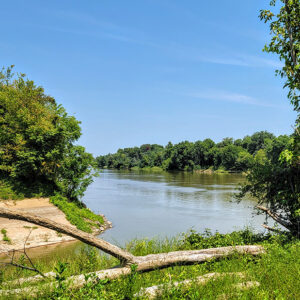 Georgetown River Access
Georgetown River Access
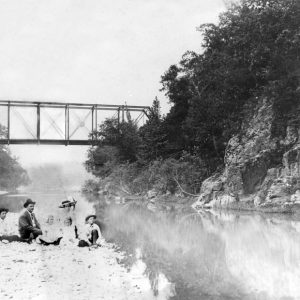 Glenwood Railroad Bridge
Glenwood Railroad Bridge
Gold Mine Springs Mines
 Gold Mine Springs Mines
Gold Mine Springs Mines
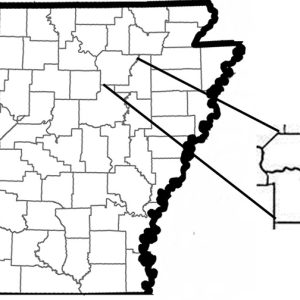 Gold Mine Springs Mines Location
Gold Mine Springs Mines Location
Grand Prairie
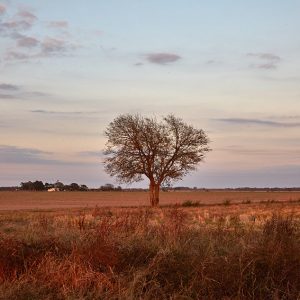 Grand Prairie
Grand Prairie
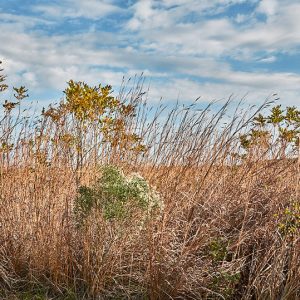 Grand Prairie Grassland
Grand Prairie Grassland




